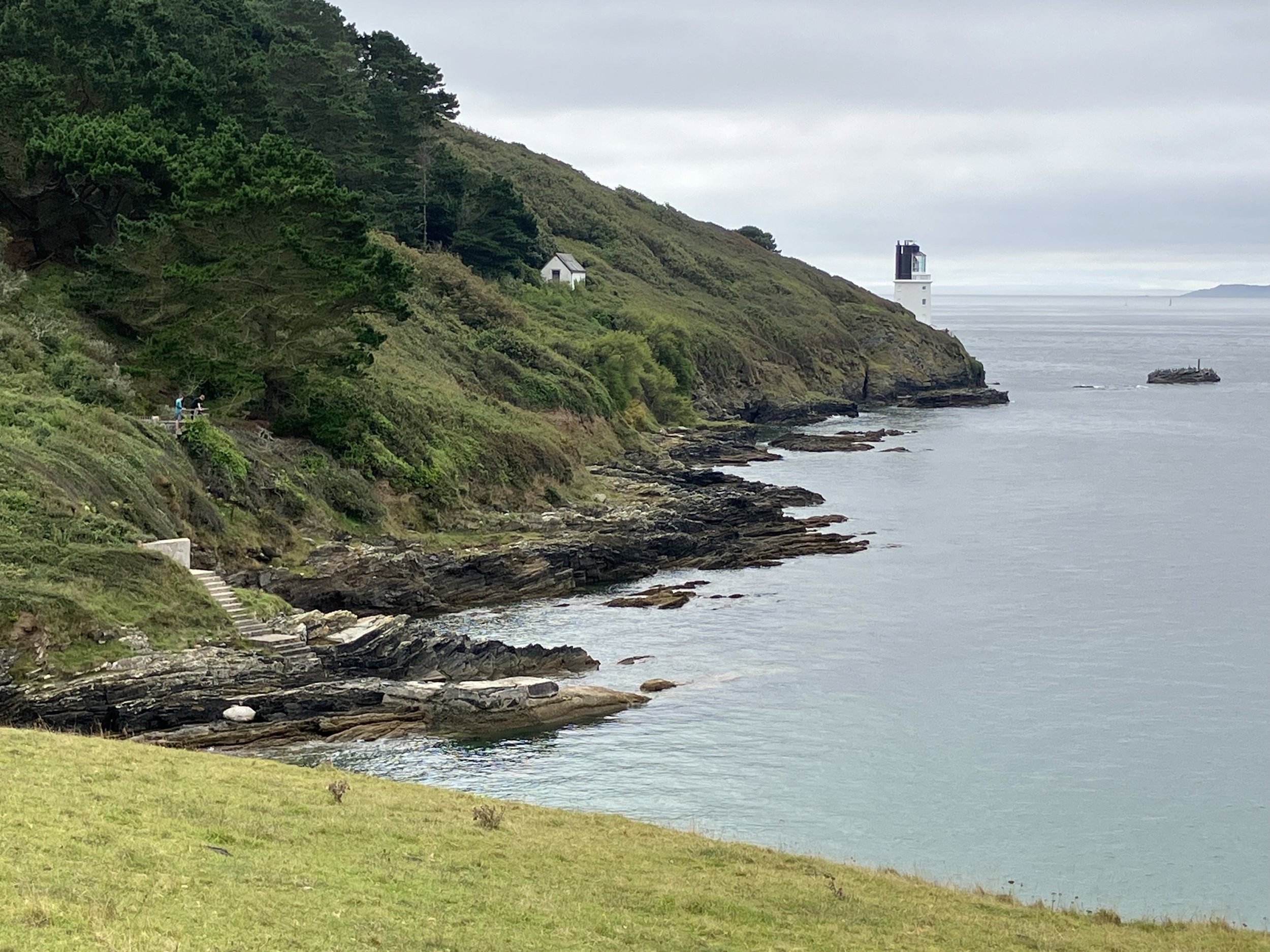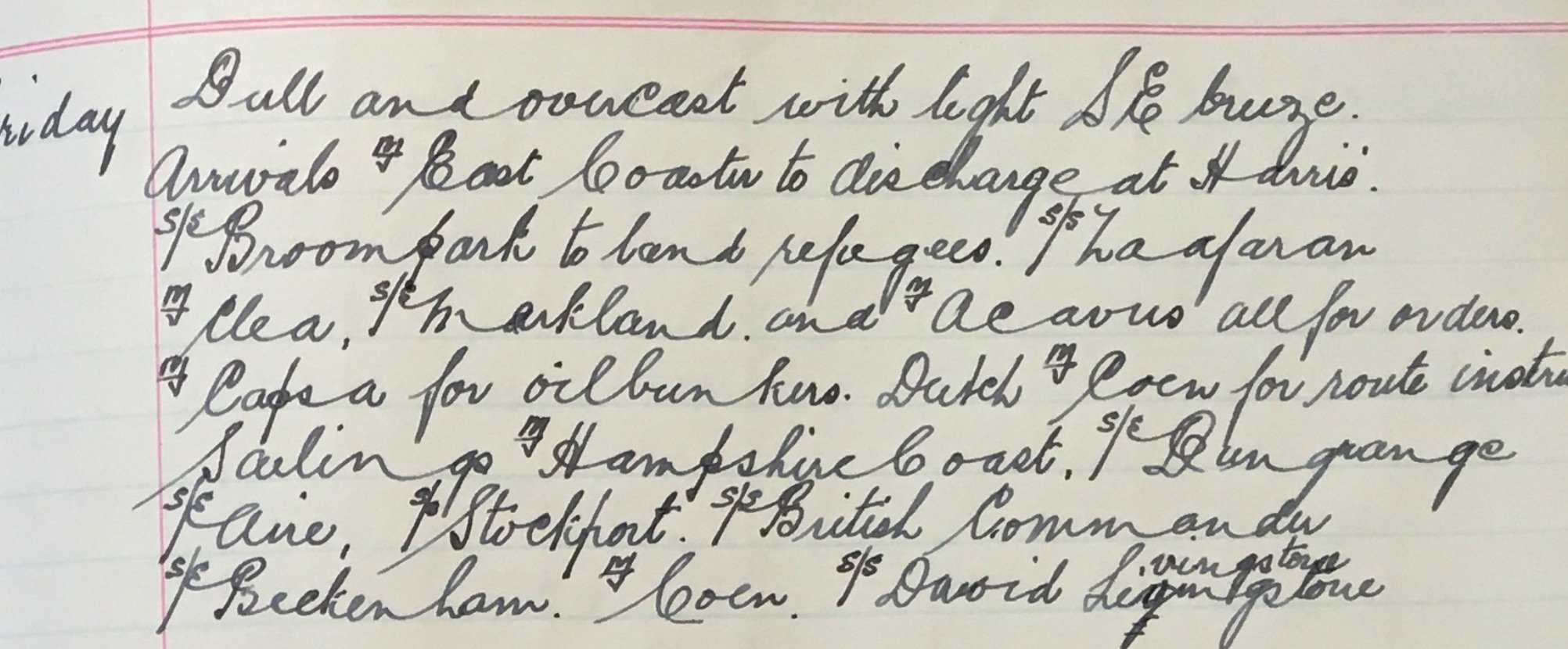A NEW CORNISH NOVEL
It has taken a long time for my head to clear after writing my first novel, INVASION. The story becomes quite real in a writer’s imagination and you never quite leave behind the characters and events, even the ones entirely invented.
I’m back in Norway as I write this blog, just north of Drøbak and close to other scenes from the book. I passed a few of the landmarks a couple of days ago, so then story flooded back. One was the place where Thomas arrived at the junction with Highway 1, in a snowstorm just after leaving Matthias, the bank clerk, at Severin Nordby’s muck heap. Here, the Governor’s car was taken from him and he had to walk back home in the cold of the night. In his rucksack was the bag of one thousand gold coins; the soldiers were so focused on the Mercedes they didn’t bother searching him. The junction is still there, but quite different to how it must have been in 1940.
Over the past few months a new novel has slowly been taking shape. It is set in the balmy port of Falmouth, in Cornwall, where I was born and grew up. As with INVASION, the special character of the place – its landscape and history – will form an important element of the new story. Here is St Anthony’s lighthouse, with Falmouth Bay beyond.
Across the water from here is Pendennis Point and, above that, Pendennis Castle. In the current draft, the story starts as a Prologue set on the point on a beautiful day. It’s the 1970’s (exact date to be decided). Two women, arm in arm, arrive and look out over the bay.
The sun was high over the sweeping expanse of the bay. Brushstrokes of cirrus painted swirling motifs across a pastel blue dome, the high clouds merging into the ocean on a shimmering horizon far away. It was summer, but not quite; a sharp breeze had picked up and blew strands of silver grey hair across Anna’s eyes. She and her daughter, Maddy, moved slowly, arm in arm, towards the tip of the headland.
Anna is old and she thinks back to the events in the war and her life then.
It was many years ago Anna Trevellian had first walked the circuit around Pendennis Point, to the very end and back beneath the evergreen oaks and the black pine trees and to return up the steep steps, along the fortress walls and down again for the prospect over the docks and the Roads beyond. Little had changed in all that time.
It’s still true, another 50 years later and little has changed since Anna was there towards the end of her life.
Here are the ‘Carrick Roads’ with Pendennis Point and the castle to the right of the photograph. Black Rock is the conical structure above the figure in the foreground.
The tanker in the far distance is moored in the bay
Great events took place in Falmouth during the Second World War: across the bay, in the harbour, in the town and at the docks. Many soldiers were returned to Falmouth after being rescued from the beaches of Dunkirk in May 1940. Thousands of refugees from all over Europe were brought back to Britain from the west coast ports of France, such as Bordeaux, and were taken to Falmouth as part of Operation Aerial a few weeks later. Some, including the novel’s lead character, Tommy Bligh, arrived aboard the cargo ship, SS Broompark, which will feature in the story. I found a reference to the ship’s arrival in the Harbour Master’s log during my research.
Falmouth Harbour Master's log. Friday 21st June 1940
There is only one known image of SS Broompark. Bligh spends two nights on the open deck and meets two true characters from history: Paul Timbal, the managing director of the Antwerp Diamond Bank, who was travelling with an immensely valuable cargo of diamonds; and the 20th Earl of Suffolk, ‘Wild Jack’ Howard, bomb disposal expert and British scientific liaison to the French Government.
SS Broompark
In 1943 and ‘44, thousands of US troops and British personnel were stationed and trained in Falmouth in preparation for D-Day. One, an RAF man, stayed with my grandparents and became a great friend of my family. I am still in touch with his daughter.
As part of this build-up, and little known about today, the Supreme Commander of the Allied plans for D-Day, General Dwight Eisenhower, visited Falmouth on several occasions between January and June 1944. His visits were secret and few if any records were kept, although there is a documented story that a bullet, which narrowly missed him, passed through the window of Tullimaar House. An accident? An assassination attempt? No one knows for sure. Tullimaar was one of locations where Eisenhower stayed to plan the D-Day landings, on one occasion being joined there by Winston Churchill.
This is just one of the many stories from the Falmouth area which could be used to inspire the new novel. We will see.



